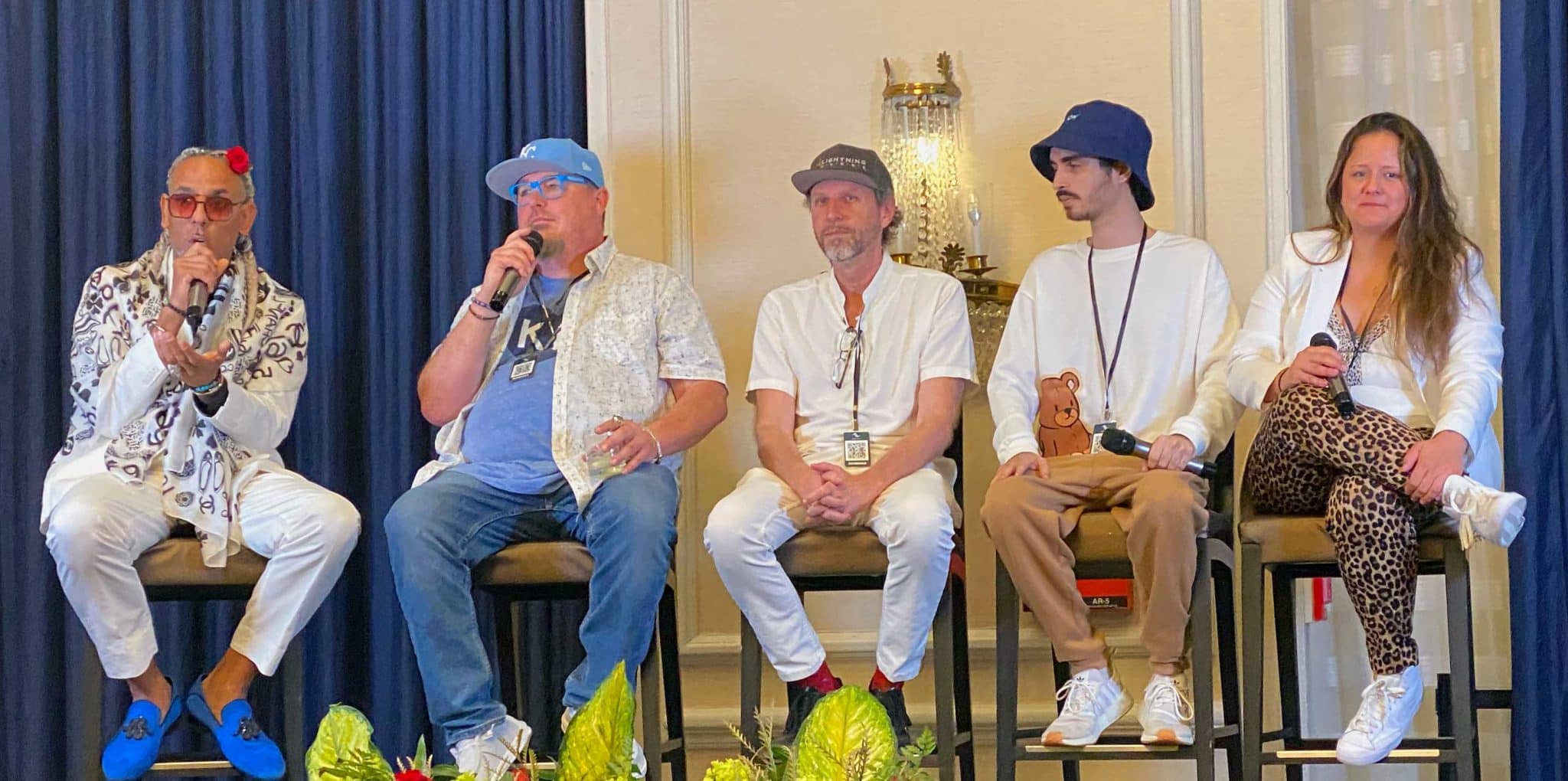More than a hundred blockchain and crypto thought leaders from around the globe convened in Puerto Rico on Friday for the third Limitless conference, with panels on subjects ranging from decentralized identity, metaverse adoption and bear market strategies to longer-term outlooks for the crypto and NFT landscapes.
One session in particular caught my eye: “Are NFTs dead?” Among the panelists taking the stage at San Juan’s Fairmont Hotel were some of the smartest cats in the sector, including Sher Van, CEO of NFT Art PR; Travis Wright, co-founder of the long-running Bad Crypto Podcast; Geoff McCabe, founder of LightningWorks and Divi, and Yalexis.eth, with Pedro Rivera moderating.
The panelists reached an easy consensus on the topic posed by the session’s title: No, NFTs aren’t dead. But they’ll evolve over the coming months and years into something that barely resembles the public’s current perception of what nonfungible tokens represent.
And in the short run, JPEG NFTs are no longer the force they once were. The floor price of generative art projects has dropped steeply in the past few months, and NFT sales on sites like OpenSea are down markedly, largely driven by the decline in wash trading where prices were artificially inflated by trades that take place among related accounts.
That said, the long-term outlook is bright, the panelists agreed, for a number of reasons.
First, these are still early days, and the use cases for NFTs in the real world continue to grow beyond their early adoption by generative artists and collectors. Hardly a day goes by without another example of real-world assets being tokenized in another vertical.
Second, because of the headwinds caused by bad actors and egregious behavior in the greater ecosystem, we’re probably at the end of NFTs 1.0, marked by Bored Apes — which the public now associates with NFTs — Cryptopunks and similar early projects. The next phase will see NFTs used in businesses and sectors where some of the underappreciated features of NFTs come to the fore, including proof of provenance, utility and use as a pass or coupon in physical storefronts and other contexts.
I had intended to record the session and use excepts from the thoughtful discussion in this post, but the recording has mysteriously vanished from my iPhone. So I had to resort to a short post drawn from memory without quoting anyone. But this is a topic we’ll be revisiting on Amberfi in the weeks and months ahead.






